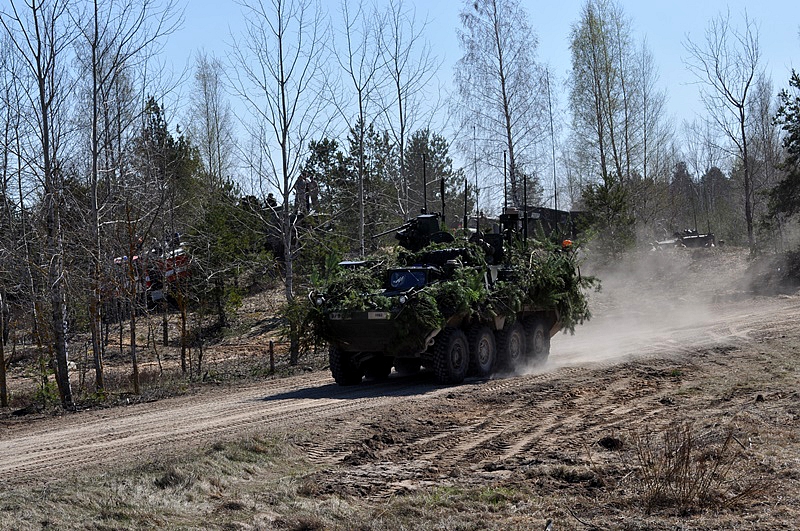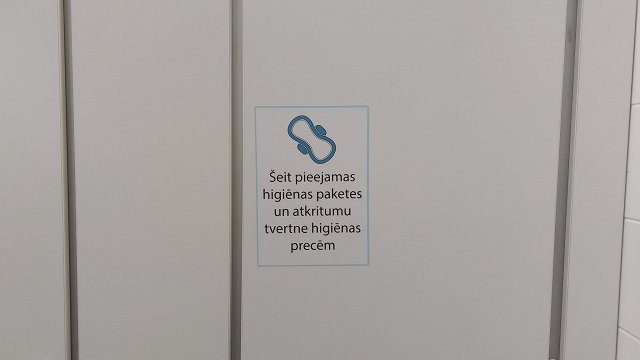The U.S. is likely to provide two battalions, while Germany and Great Britain would likely provide a battalion each, according to Western officials.
U.S. Deputy Secretary of Defense Robert Work, visiting Brussels, confirmed the overall size of the force and said the buildup was a response to more Russian activity around the Baltics where tensions have been rising.
“The Russians have been doing a lot of snap exercises right up against the borders, with a lot of troops,” Mr. Work said in an interview. “From our perspective, we could argue this is extraordinarily provocative behavior.”
Russian officials have repeatedly said their own buildup and exercises are a response to NATO’s troop buildup and aggressive posture to Moscow.
NATO defense ministers in February approved in principle the deployment of an Eastern European troop presence, though diplomats said the new contribution numbers aren’t finalized. NATO’s military arm, the Supreme Headquarters Allied Powers Europe, has sent the recommendations to the alliance headquarters in Brussels, where they are being reviewed.
NATO officials want to make sure the force is multinational and are asking smaller allies to make contributions, such as logisticians, for supporting forces.
The participation of a sizable German force is particularly important, alliance officials have said, for creating an effective deterrent against Russia and cement Berlin’s emerging role as a bigger player in NATO.
German officials said Friday they were considering plans ahead of a NATO summit in Warsaw in July to lead a battalion to be based in Lithuania, but a final decision hadn’t been reached.
Before the deployments are completed, one point of contention could be whether the infantry forces within each battalion should be from one nation or multiple. Some NATO officials believe each battalion should be from a single country, to ensure it can fight effectively.
But U.S. and NATO officials have said to make sure the force is a real deterrent to Russian aggression they would like it to operate under the alliance flag and command and control system.
Poland and the Baltic nations have been pressing for as large a presence as possible. The U.S., Germany and the U.K. have said the force must be in keeping with the 1997 NATO-Russia Founding Act, which prohibits substantial numbers of combat troops from being permanently stationed on Russia’s borders.
NATO officials said while the 1997 document doesn't put a precise number, a force of four battalions is in keeping with those restrictions. U.S. and German officials say because the forces will rotate in and out of the Baltic region they won't constitute a permanent force.
The news about the new deployments came as Russian Foreign Minister complained that the Baltic states had not shown enough "gratitude" to Moscow for "being allowed to leave" the Soviet Union - which not only belittles the Baltic states' own role in regaining their independence but is a tacit admission that the world-view from the Kremlin remains precisely the same as it was in the Communist era.
Lithuania was singled out for particular criticism by Lavrov, drawing a withering response from Lithuanian Foreign Minister Linas Linkevicius.
S. #Lavrov continues to look for enemies. We invite not to. pic.twitter.com/HXpmep5yLB
— LT MFA STRATCOM (@LT_MFA_Stratcom) April 29, 2016




























